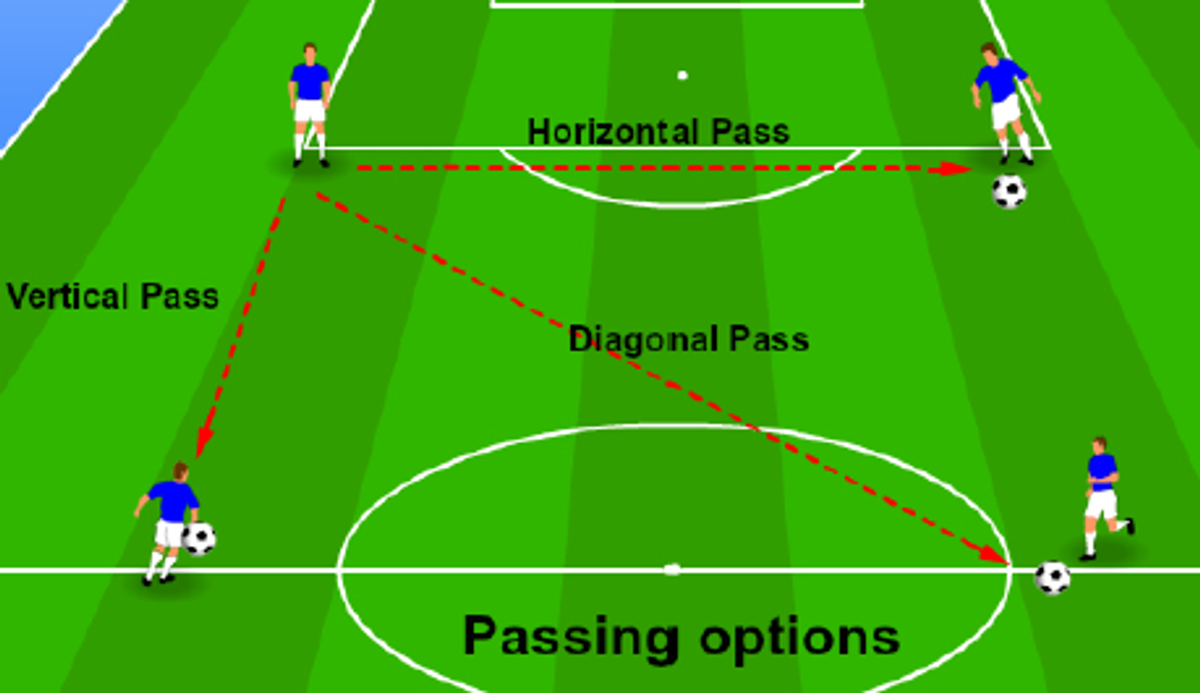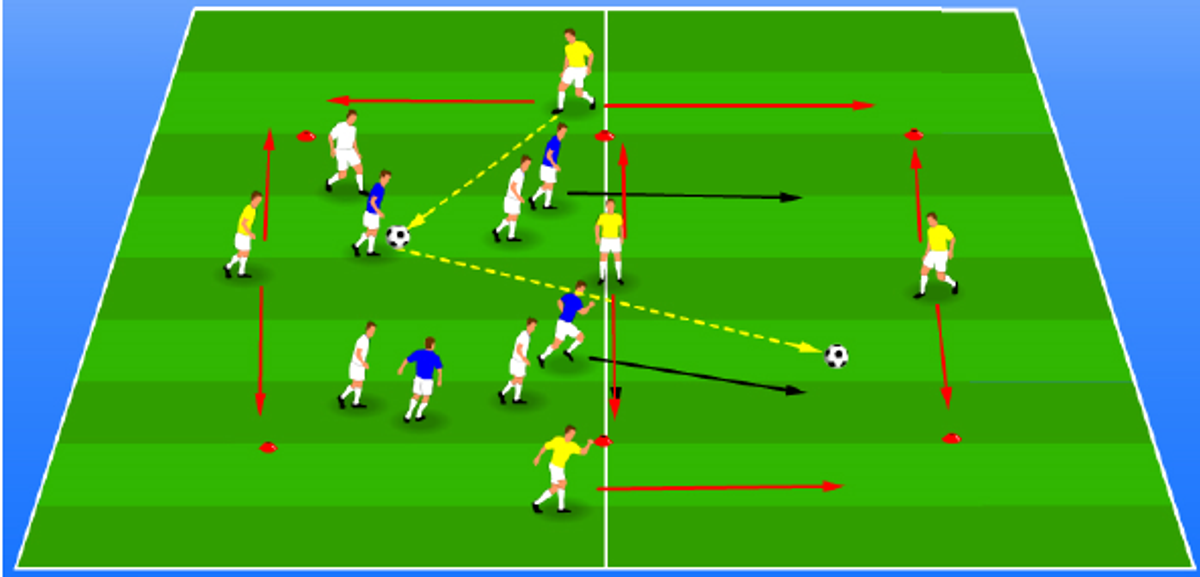Progressive ball movement- after we master the ball
Josip Loncaric

Progressive ball movement- after we master the ball
Josip Loncaric
At the highest level, football is predominantly a game of passing and moving, and statistics from the top leagues in world support the theory that successful teams do this better. This all comes after a player can develop a high level of competency with the ball as quickly as possible. In our experience, it is harder to teach a player to dribble, change direction with the ball and manipulate the ball after the age of 12 if it has not been done organically at home.
This is what we consider to be the fundamental motor skills required to enjoy football to its fullest and develop a touch and feeling for the ball that will pay dividends later on in a young person's development.
Higher ranked teams in the English Premier League play more successful and completed passes over a distance of less than 10 meters and also between 10 - 25 meters in comparison to lower ranked sides.
At the KDC Soccer School we ensure that in our training that as many passes as possible are directed forward, that there are a large number of entries into our opponents final third and the penalty area, and that as many players possible are participating in the finishing phase of the final third. Statistics taken from the EPL data bas also suggest that nearly 80% of lost balls in a game are due to inadequate passing or receiving, so we feel the need to focus on the details that make this figure something that we can improve on in training. It is important that we teach short, mid-range and long passes so that our players are comfortable using the right pass for the right situation.
This also links well with


In the details, we focus on:
Passing Angles
How we position our body (come off a defender and create a clear passing lane)
How we receive the ball (Open hips, Head up, back foot)
Distance of Reception
How close or how far to the passer we are and how we adjust to break defensive line pressure (getting level and outside the opponent)
Timing
Create the space to come into either for yourself or a team mate.
Arrive on time to receive the ball (don’t arrive too early or too late)
Anticipate the moment of pressure to adjust your movement.
Make a decision before you receive the ball
Lines
Make as many lines as possible when attacking (angles and distances)
Defend with the most compact lines possible
Situation
'What is the game asking you to do?'
The score impacts our decisions, as does the referee, the style of the opponent, the minute in the game, the weather conditions, the size of the pitch etc.

